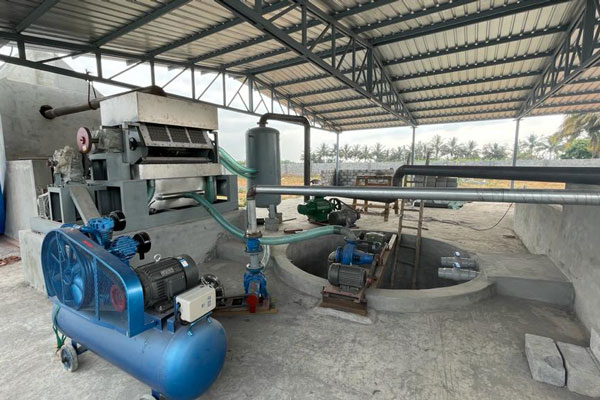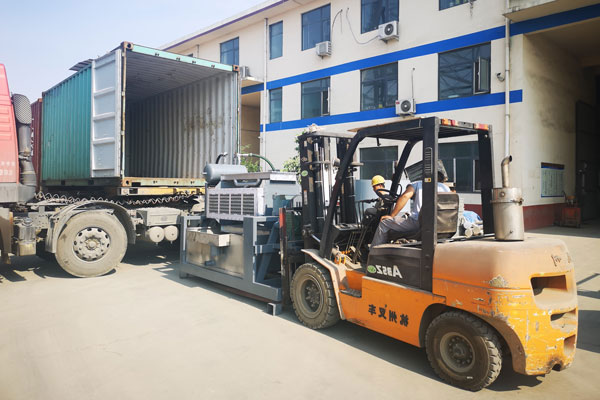Egg Tray Production Line: How It Can Affect Business Efficiency
Egg trays are an integral component of the egg industry. A company’s egg tray production line is the biggest factor affecting its efficiency. The type of equipment, layout, and management all play a part in determining how efficient an operation will be. Egg trays must be easily manufactured and sturdy enough without breaking under pressure while being stored or shipped. For this reason, many companies have egg tray manufacturing business plans that ensure that their product is not only efficient but also practical.

Why Egg Trays are Important
The egg tray forms the foundation of the egg carton, which is an integral part of any company that wants to be successful in the egg industry. Eggs are very fragile and must be protected throughout their entire journey from farm to table. An effective egg carton provides this protection while also allowing consumers to see the eggs inside of it through its clear container.
Eggs come in different sizes and weights, so tray production lines must color code the egg cartons accordingly, depending on what is being placed inside them. These trays are then used to pack eggs into the cartons that consumers will take home with them each week at their local grocery stores. Properly designed egg trays allow companies to maximize the number of eggs they can fit into a single carton, which helps them save on shipping costs. Here are professional and affordable machines for your reference: https://pulpmouldingmachines.com/egg-tray-making-machine/mold/.
Egg trays are also crucial because they determine the lifespan of the eggs themselves. If an egg cracks, it is much more likely to grow bacterias and spoil faster. Because of this, the quality of an egg carton is also determined by the quality of its tray. Egg trays are designed to ensure that eggs will not crack while being stored or shipped, which allows them to stay fresh for much longer. The Layers

How the Production Line Works
Every egg tray production line will work similarly, but they use different materials to manufacture egg trays. In the most basic of terms, any egg carton starts as polystyrene. This is then put through a process known as thermoforming, which uses extreme heat and pressure to form a thin plastic sheet into a tray that will hold an egg. This sheet is then cut to the appropriate size for the carton it will be used in, depending on how many eggs are placed inside.
The final step of the process hinges on how much quality assurance a company has decided to put into its tray making machine. While some companies choose not to put their trays through this process, it is highly recommended to ensure that the tray can hold an egg. First, a tray will go through a simple check to ensure that it has the appropriate features of the original sheet of plastic. Then, they are tested for any internal weakness, which could lead to cracks while the eggs are in transit. After this step, trays are stacked and packed with eggs inside of them for shipping to their final destination.
Safety Precautions for Operating a Tray Production Line
One of the most essential aspects of operating an egg tray production line is safety. Some companies use a series of guards to ensure that workers are kept from coming into contact with dangerous machinery or slipping on wet floors. Guards must be made out of a material that will not warp when exposed to extreme heat and pressure, so polystyrene is often preferred on pulp moulding machines market. It is also vital that the entire line be kept as clean as possible to avoid contaminating eggs or trays before they are packed.